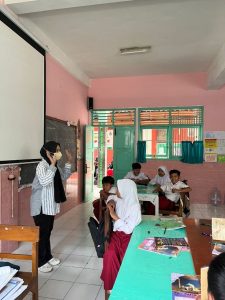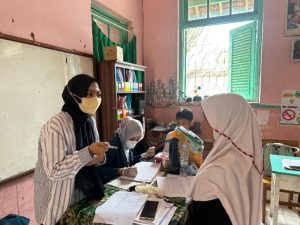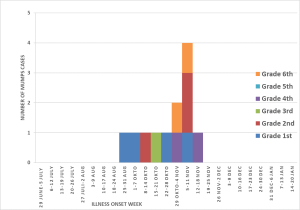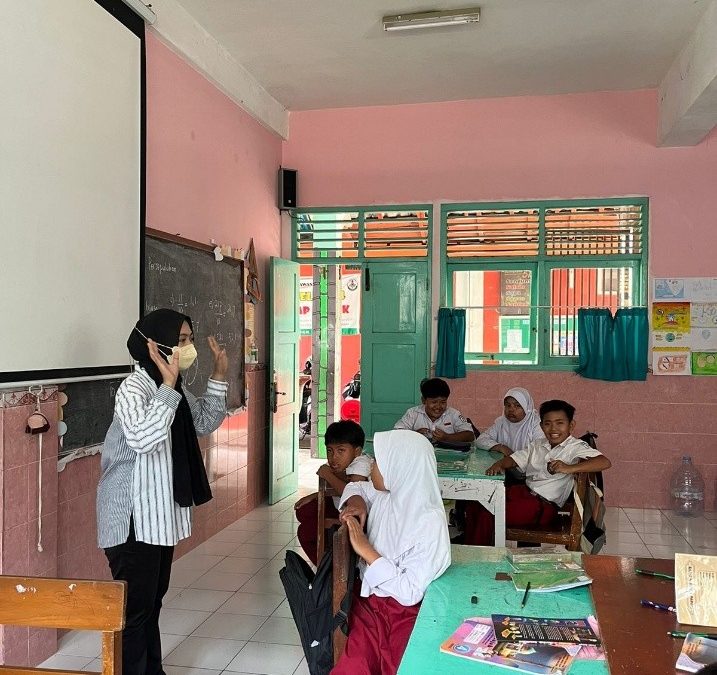Mumps is an infectious disease caused by a Paramyxovirus virus infection characterized by pain and swelling of the parotid glands. The mumps virus is easily spread through droplets of saliva or mucus from the mouth, nose or throat in the air when the patient coughs, sneezes, talks.
The transmission of mumps was reported by Magelang Tengah Community Health Center (Puskesmas) through the Early Alertness and Response System (SKDR) of Magelang City Health Office. After confirmation, it was found that the majority of the cases were school-age children.
On November 11, Mrs. Bhekti, Surveillance and Immunization Division of P2P of Magelang City Health Office, together with Puskesmas Magelang Tengah and Arlyn, a student of FETP Undip, conducted an investigation at SDN 4 Magelang. The investigation showed that mumps cases have been found from August 25 to November 11, 2024.
The next day, Undip FETP students conducted an Epidemiological Investigation (PE) at the school. This activity includes investigating contacts, collecting symptoms, and identifying risk factors for all students. Socialization was also conducted to increase the awareness of the school community towards the prevention and control of mumps.

The PE results showed that there was an epidemiologic relationship in 12 cases of mumps in this school. Most cases were found in first grade (5 students), followed by second grade (2 students), third grade (1 student), fourth grade (2 students), and sixth grade (2 students). The symptom of back jaw pain was found in all patients. It is suspected that the spread occurred because some students continued to attend school even though they were still symptomatic before finally being encouraged to study from home, the behavior of sharing eating and drinking utensils and group behavior when students were playing or studying.

According to the results of the epidemiological curve analysis, the occurrence of mumps symptoms in some cases increased after the first case. The type of epidemiologic curve for this incident is the point source type, where after the first case there is a significant increase in a certain week and then a decrease. It can be seen from the curve that it is most likely that these mumps cases originated from one common source of transmission that affected several students in close proximity. Statistical test results showed that the factors of sharing cutlery and traveling history were associated with mumps transmission in SDN 4 Magelang.

As a follow-up step, Arlyn submitted recommendations to the Magelang City Health Office, Magelang Central Health Center, and SDN 4 Magelang, among others:
Increased sensitivity of infectious disease surveillance through cooperation between community health centers and schools.
Active student health monitoring and regular reporting to the health center.
Granting permission for sick students to study from home until they recover.
Provision and distribution of health promotion media on infectious diseases in schools.
Increased monitoring and evaluation in reporting, prevention, and control of infectious diseases by the Health Office.
With these efforts, it is expected that the spread of mumps in SDN 4 Magelang can be controlled and similar cases can be prevented in the future.


Recent Comments